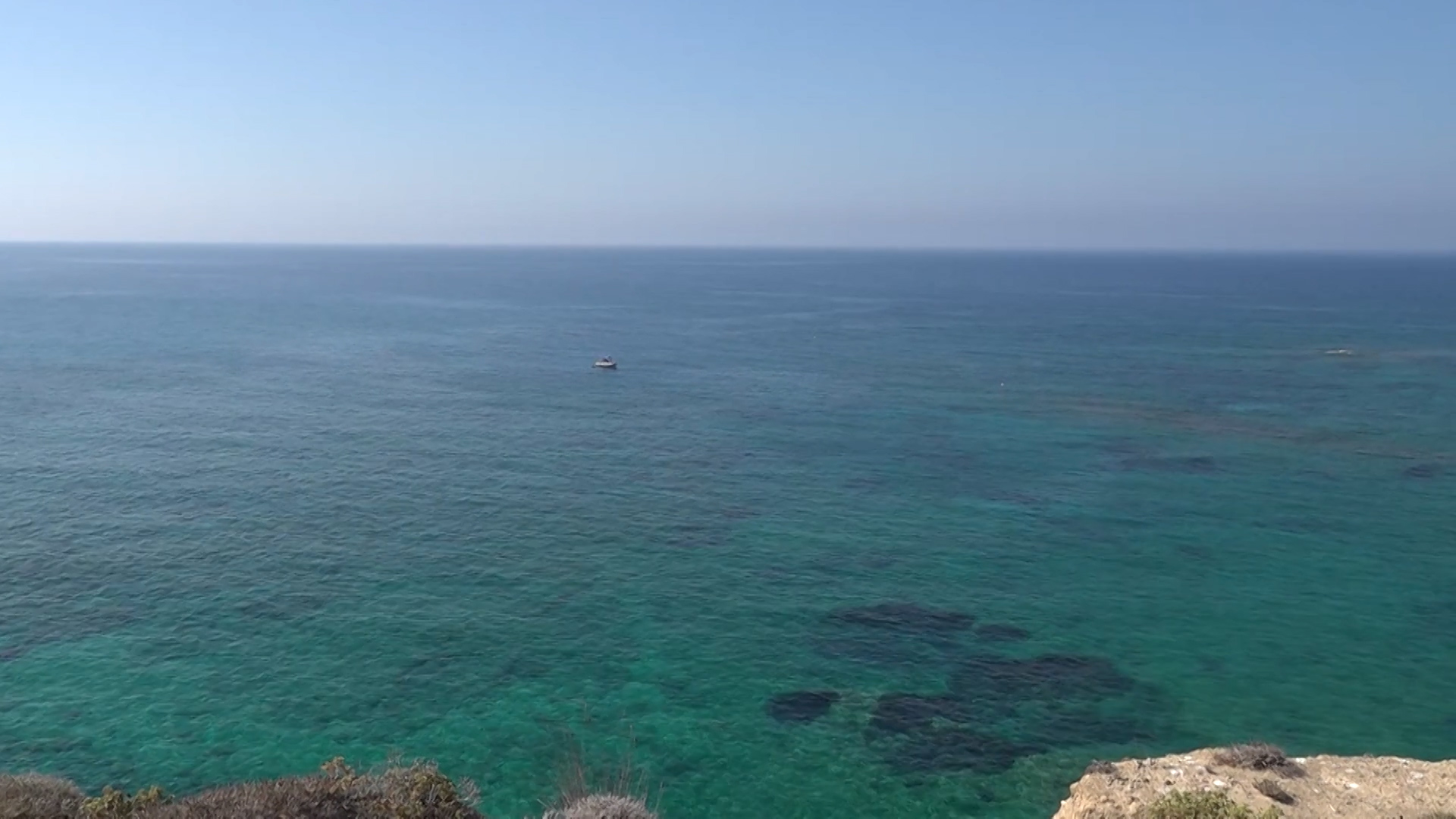Archaeologists take the plunge to uncover history off coast of RAF Akrotiri
Underwater archaeologists have been investigating remains off the coast of RAF Akrotiri in Cyprus.
Since 2015, the Ancient Akrotiri Project has conducted several seasons of excavation and survey on the Roman/early Byzantine site at Dreamer's Bay.
The old industrial port comprises warehouse complexes, harbour works, and shoreline stone quarries, which lie inside the RAF base on the Akrotiri peninsula, at the southernmost point of Cyprus.
The team is made up of students and staff from the universities of Leicester, Southampton and Cyprus. It's their third season trying to piece together the puzzle of their discoveries.
Leading the underwater survey is marine archaeologist Dr Lucy Blue, who has been examining the remains of an ancient breakwater which was probably used for sheltering boats in anchorage, along with items such as tiles and stone anchors which are thought to be remnants of a shipwreck.
Speaking to Forces News, she said: "Our main objectives of this season are to really consolidate what we have done ... and nail our understanding of the breakwater.
"It's big, it's like 120 metres long and it's covered in seagrass, so we're trying to work out its construction and ultimately the date, which is really challenging.

"The landscape, both on land and underwater, is fairly pristine, obviously there is access by boat to the offshore waters but, relatively speaking, compared to the rest of Cyrus, there is very little activity around here because obviously it is monitored.
"So that does provide a big plus in terms of the archaeological preservation."
Research also takes place onshore where land archaeologists are trying to understand more about the surrounding area which is thought to have been an important maritime crossroads.
Professor Simon James from the University of Leicester, said: "We're talking about from around the 3rd Century BC to around the 7th Century AD, so around 1,000 years of archaeology, when this was an intensely occupied area."
The project helps inform both the Ministry of Defence and the Republic of Cyprus on how best to preserve the area for future generations.








